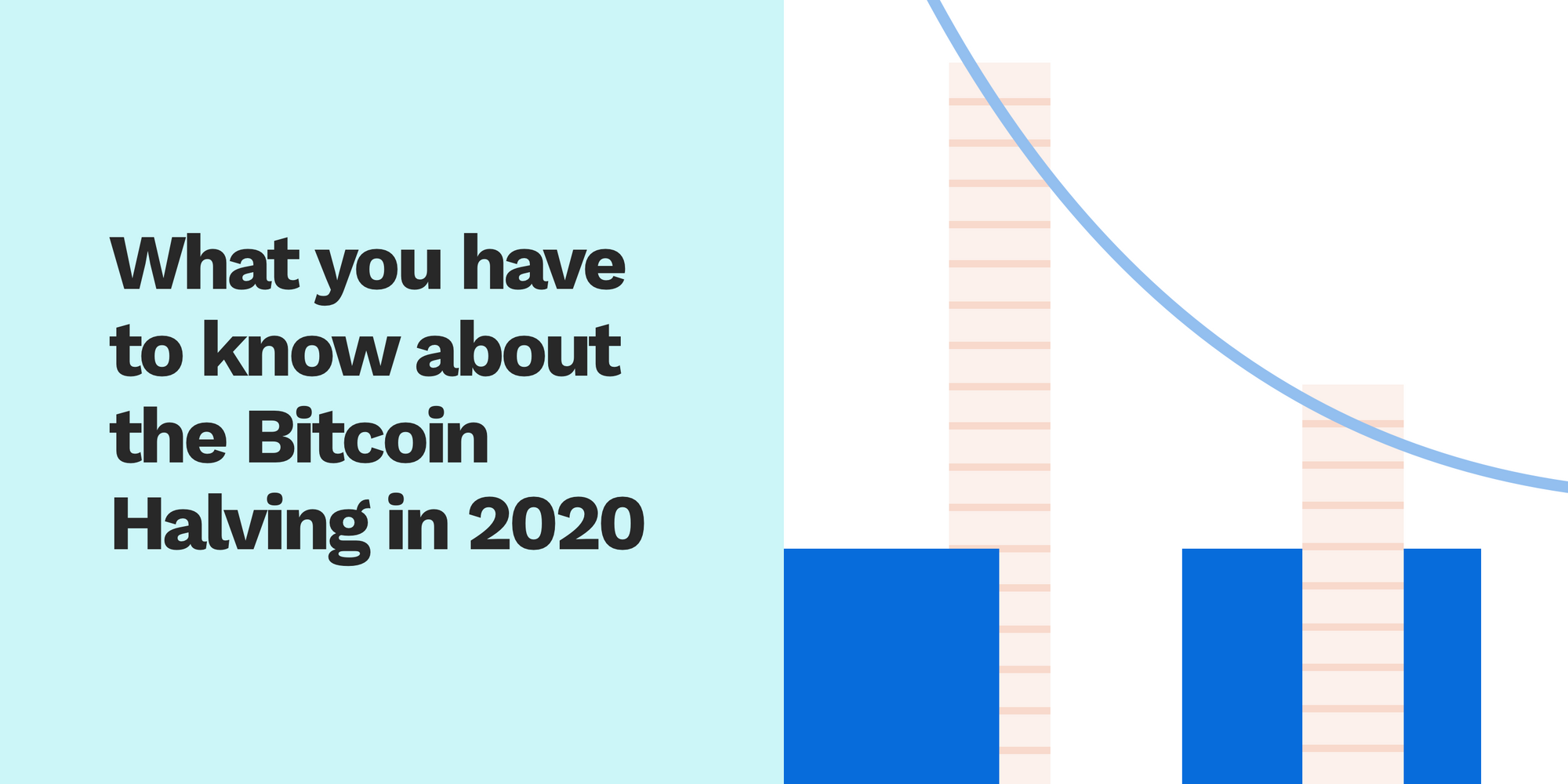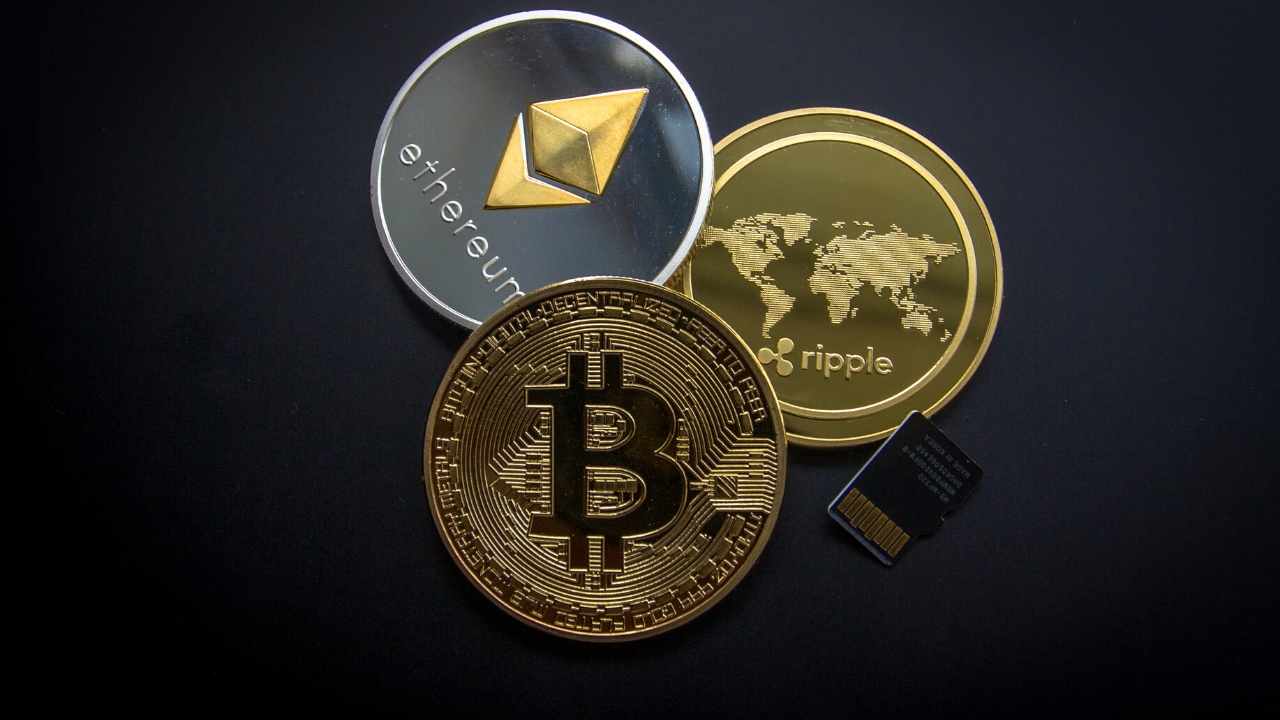
When looking at the benefits and risks of yield farming, a common question investors ask is "Should I invest in DeFi?" There are several reasons to do so. One of them is the potential for yield farming to generate significant profits. Early adopters can expect high token rewards and a rise in their value. These token rewards can be sold for a profit and reinvest the profits to earn more income than usual. Yield farming is a well-proven investment strategy that can produce significantly more interest over conventional banks. However, there are some risks. Interest rates are volatile, and DeFi is a riskier environment to invest in.
Investing in yield agriculture
Yield Farming, an investment strategy that rewards investors with tokens in exchange for a share of their investments, is called Yield Farming. These tokens will increase in price very quickly and can then be resold to make a profit, or reinvested. Yield Farming offers higher returns than other investments, but there are high risks and Slippage. In times of high volatility, an annual percentage rates is not always accurate.
You can check the Yield Farming project's performance on the DeFi PulSE website. This index tracks the total value cryptocurrencies held by DeFi lending platform. It also represents DeFi's total liquidity. The TVL index is used by many investors to analyze Yield Farming project performance. This index is available on the DEFI PULSE web site. This index is growing because investors have confidence in this type and future project.
Yield farming refers to an investment strategy where liquidity is provided by decentralized platforms. Yield farming offers investors the opportunity to earn significant cryptocurrency by acquiring idle tokens. This strategy uses smart contracts and decentralized platforms that allow investors to automate financial deals between two parties. An investor may earn transaction fees, governance coins, and interest in return for investing on a yield farming platform.

Locating the right platform
Although it might seem like an easy process, yield farming can be difficult. Yield farming can lead to collateral loss, which is one of the many risks. DeFi protocols are often developed by small teams with low budgets. This makes it more difficult to find bugs in smart contracts. There are several ways to reduce the risk of yield-farming by selecting a suitable platform.
A DeFi application that allows you to borrow and lend digital assets through a smart contract is known as yield farming. These platforms are decentralized financial institutions which offer trustless opportunities to crypto holders. They can lend their holdings out to others via smart contracts. Each DeFi app has its own characteristics and functionality. This difference will have an impact on how yield farming works. In short, each platform has different rules and conditions for lending and borrowing crypto.
Once you have found the right platform, it is time to start reaping the benefits. A successful yield farming strategy involves adding your funds to a liquidity pool. This is a system of smart contracts that powers a marketplace. This type of platform allows users to lend or exchange tokens for fees. Users are paid for lending their tokens. You can start yield farming by investing in smaller platforms that allow you to access a greater variety of assets.
Identifying a metric to measure the health of a platform
Identifying a metric for measuring the health of a yield farming platform is critical to the success of the industry. Yield farming refers to the practice of earning rewards using cryptocurrency holdings such as Ethereum or bitcoin. This process is similar to staking. Yield farming platforms are partnered with liquidity providers who increase liquidity pools' funds. Liquidity providers are paid a commission for their liquidity services, typically through the platform's fees.

A metric that can determine the health of a yield farming platform is liquidity. Yield farming is an automated market-maker model that uses liquidity mining. Yield farming platforms offer tokens that can be pegged to USD and other stablecoins in addition to cryptocurrency. Liquidity providers get rewards based upon the amount they provide in funds and the protocol rules that govern trading costs.
It is essential to establish a measurement that can be used to assess a yield-farming platform. This will help you make an informed investment decision. Yield farming platforms can be volatile and subject to market fluctuations. However, these risks could be offset by the fact that yield farming is a form of staking, a practice that requires users to stake cryptocurrencies for a certain amount of time in exchange for a fixed amount of money. Both lenders and borrowers are concerned about yield farming platforms.
FAQ
Where can I sell my coin for cash?
There are many ways to trade your coins. Localbitcoins.com, which allows users to meet up in person and trade with one another, is a popular option. You can also find someone who will buy your coins at less than the price they were purchased at.
How Does Cryptocurrency Work?
Bitcoin works just like any other currency except that it uses cryptography to transfer money between people. The bitcoin blockchain technology allows secure transactions between two parties who are not related. It is safer than sending money through traditional banking channels because no third party is involved.
Where will Dogecoin be in 5 years?
Dogecoin remains popular, but its popularity has decreased since 2013. Dogecoin's popularity has declined since 2013, but we believe it will still be popular in five years.
What is an ICO? And why should I care about it?
An initial coin offering (ICO), is similar to an IPO. However, it involves a startup and not a publicly traded company. A startup can sell tokens to investors to raise funds to fund its project. These tokens can be used to purchase ownership shares in the company. They're usually sold at a discounted price, giving early investors the chance to make big profits.
What is a Cryptocurrency Wallet?
A wallet can be an application or website where your coins are stored. There are several types of wallets available: desktop, mobile and paper. A wallet that is secure and easy to use should be reliable. You need to make sure that you keep your private keys safe. They can be lost and all of your coins will disappear forever.
Where can you find more information about Bitcoin?
There's no shortage of information out there about Bitcoin.
Statistics
- While the original crypto is down by 35% year to date, Bitcoin has seen an appreciation of more than 1,000% over the past five years. (forbes.com)
- Ethereum estimates its energy usage will decrease by 99.95% once it closes “the final chapter of proof of work on Ethereum.” (forbes.com)
- Something that drops by 50% is not suitable for anything but speculation.” (forbes.com)
- This is on top of any fees that your crypto exchange or brokerage may charge; these can run up to 5% themselves, meaning you might lose 10% of your crypto purchase to fees. (forbes.com)
- For example, you may have to pay 5% of the transaction amount when you make a cash advance. (forbes.com)
External Links
How To
How can you mine cryptocurrency?
Although the first blockchains were intended to record Bitcoin transactions, today many other cryptocurrencies are available, including Ethereum, Ripple and Dogecoin. These blockchains can be secured and new coins added to circulation only by mining.
Proof-of Work is a process that allows you to mine. The method involves miners competing against each other to solve cryptographic problems. Miners who find solutions get rewarded with newly minted coins.
This guide explains how you can mine different types of cryptocurrency, including bitcoin, Ethereum, litecoin, dogecoin, dash, monero, zcash, ripple, etc.